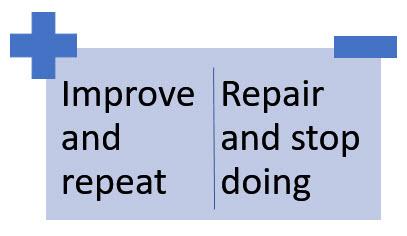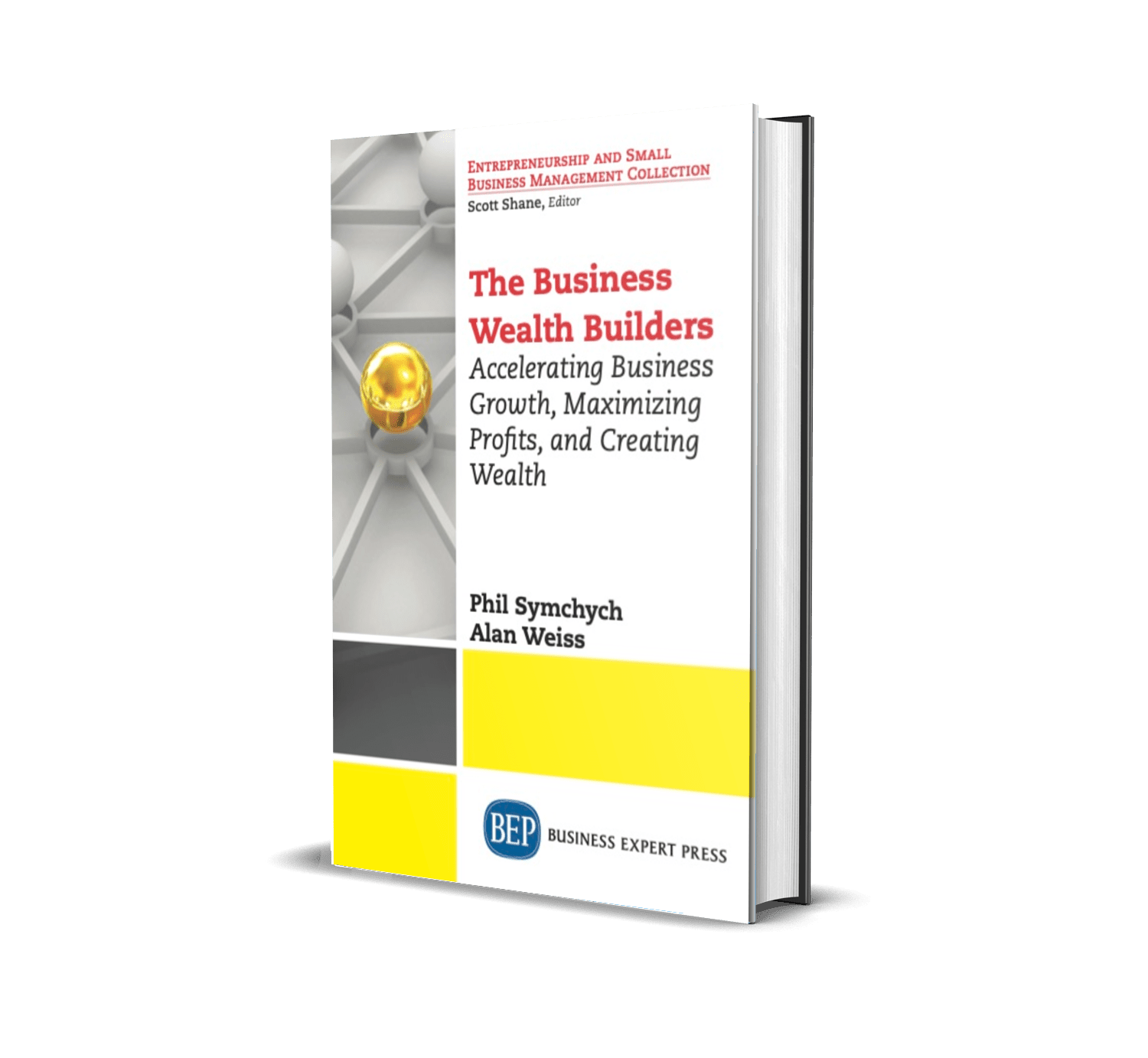When was the last time that you ignored something small, such as a ticking sound in your engine or a decline in a product line’s margins, and then it turned into something major and cost a lot of money to fix?
One of our strengths in human nature is to ignore little things so we can focus on the big things. Unfortunately, that becomes a weakness when we ignore the important little thing and it becomes an important big thing.
We are all subject to our internal beliefs, values, biases, preferences, and tolerance for a certain amount of noise in our lives. And that’s the problem.
Figure 26.1 What are your metrics telling you?

In business, we can’t afford to ignore the critical warning signs, even if they’re not obvious. Like a ship’s radar, when combined with weather forecasts and satellite imagery, these enable the ship’s captain and crew to foresee and avoid dangerous conditions. In business, we need systems and alarms that show us when danger is approaching.
Here are six warning signs of impending danger in business:
- As your overall revenues increase, your profit, as a percentage of sales, decreases. This is common in many small (less than $10 million of annual revenue) growth companies as they invest to increase capacity. However, if you’re over $10 million in sales, all sales growth should add even more to the bottom line. If your profits are shrinking, something is wrong. This trend is not sustainable.
- Although your profits remain the same or even increase, cash generated from operations declines. In other words, your business burned up more cash than it created. It’s easy to hide working capital constraints in the short term by stretching supplier’s payables. However, that’s not sustainable.
- Executives are rewarded for results that are not tied to customer satisfaction. For example, if a large company rewards management on top line growth, the company may increase sales to lower qualified customers at higher risk. That’s not sustainable.
- A majority of revenues, and remember that a majority starts at 51%, are to one customer. That creates a huge economic dependency on one customer. That’s lots of overhead and infrastructure to support one customer who can/will easily decrease or stop buying from you altogether. That’s not sustainable.
- You’re running the business from your monthly financial statements, or worse, quarterly, or worse, not using financials at all. Financial statements are prepared in accounting language for external users. These statements aren’t prepared for management. Your management team needs timely—that is, daily or weekly—information on sales, production, and cash. These comprise a Flash report. Historical accounting financial statements do not give management the information it needs to operate and grow a business. Using yesterday’s information to make decisions today about tomorrow is not sustainable.
- Rapid expansion outside your sweet spot. This might be to new customers in different industries where you don’t know what you don’t know, to new geographic areas which are no longer under your site line, or to new products/services that are different or larger than your sweet spot. Even huge companies run test pilots on new offerings, and they can afford to eat the losses. Rapid expansion, like launching a rocket into space, needs lots of safety mechanisms and testing in advance of the launch date.
In business, all problems can become icebergs. If you don’t do anything about the important ones, they will grow larger and become more serious to your business. You must be aware of them and take action while you can. After a certain point, if you ignore them and the problems continue to grow, you won’t be able to change course, and the consequences might be dire.

